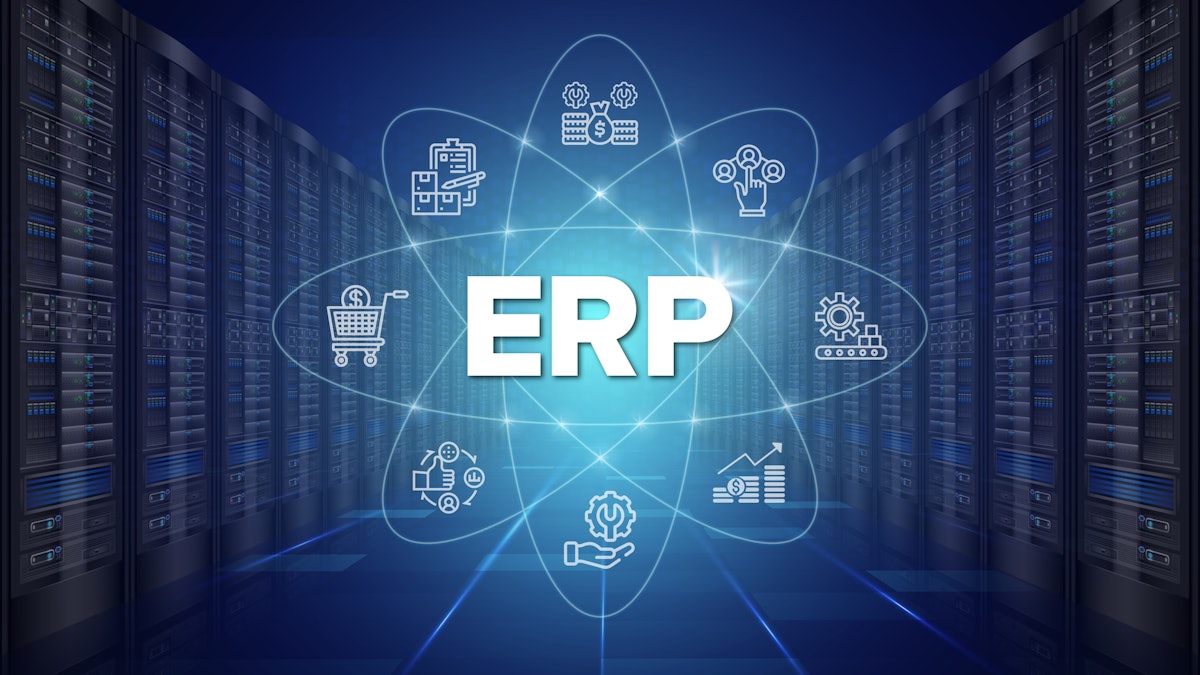In the distribution and 3PL industries, where efficiency, scalability, cost-effectiveness and adaptability are paramount, transitioning from an on-premises WMS system to a cloud-based, multi-tenant WMS solution can yield a myriad of benefits.
This transformation not only impacts the bottom line but also streamlines operations, enhances security and accelerates time-to value. This article will delve into the high-level benefits of making this shift while addressing potential disadvantages.
Additionally, we will explore how emerging technologies like AI, ML and multi-tenant cloud computing have been leveraged in the distribution and 3pl sectors in recent years.
Difference Between On-Premises, Single-Tenant and Multi-Tenant ERP Systems
Before we discuss the advantages of transitioning to a cloud-based, multi-tenant WMS system, it’s crucial to understand the fundamental differences between on-premises, single-tenant and multi-tenant ERP systems.
1. On-Premises WMS
- On-premises WMS systems are installed and maintained on a company’s own servers and infrastructure. Security of the servers and data is the sole responsibility of the company.
- They offer complete control and customization but require significant upfront capital investment.
- Server maintenance, system upgrades and security are the responsibility of the organization.
- Scalability can be limited by hardware constraints, making it challenging to adapt to rapid growth or fluctuations in demand and growth.
2. Single-Tenant WMS
- Single-tenant WMS systems are hosted in the cloud, but each instance serves a single organization.
- They provide flexibility and scalability, as organizations can customize and configure the software to their specific needs.
- Maintenance and security are shared between the organization and the cloud provider.
- This approach reduces some of the burdens of on-premises systems but may still require dedicated resources for management.
3. Multi-Tenant WMS
- Multi-tenant WMS systems are also cloud-based but host multiple organizations on a shared platform where each company’s data is private.
- They offer high scalability and cost-effectiveness, as infrastructure and maintenance costs are distributed among multiple tenants.
- Customization options are typically more limited to ensure the shared platform’s stability and security.
- Updates and security patches are managed by the provider, reducing the organization’s IT overhead and total cost of ownership. Valuable IT resources can be diverted from maintaining physical infrastructure to providing a better customer experience.
Having established this context, let’s explore some of the top benefits of transitioning to cloud based multi-tenant WMS systems in the distribution and 3PL industries.
Benefits of Transitioning to Cloud-Based Multi-Tenant WMS
1. Total Cost of Ownership (TCO)
Advantages
- Cost Efficiency: One of the most significant advantages is cost efficiency. With a multi-tenant model, the expenses associated with hardware procurement, maintenance and upgrades are shared among multiple tenants, leading to substantial cost savings.
- Predictable Costs: Cloud-based ERP solutions often follow a subscription based pricing model, allowing organizations to budget more effectively with predictable monthly or annual costs.
Disadvantages
- Limited Customization: Multi-tenant systems may have limited customization options compared to on-premises solutions, potentially requiring organizations to adapt their processes to fit the software’s capabilities.
2. Security
Advantages
- Enhanced Security Protocols: Reputable cloud providers invest heavily in cybersecurity, offering advanced security protocols and regular updates to protect sensitive data.
- Disaster Recovery: Cloud-based systems typically include robust disaster recovery plans, ensuring data backup and restoration in case of unforeseen events.
Disadvantages
- Dependency on Provider: Organizations entrust their data security to the cloud provider, which can be a disadvantage if the provider experiences a breach or downtime. However, established providers prioritize security.
3. Time to Value
Advantages
- Rapid Deployment: Cloud-based, multi-tenant ERP systems can be deployed faster compared to on-premises alternatives, allowing organizations to realize benefits sooner.
- Scalability: The scalability of these systems enables businesses to adapt to market changes or expansion more rapidly.
- Latest Version: With a multi-tenant cloud WMS, your organization is always on the most current version. Patches and security fixes are pushed out regularly and new capabilities are pushed out at set time intervals, allowing you to deploy them when your organization is ready.
Disadvantages
- Learning Curve: Transitioning to a new system can require employees to learn new processes and interfaces, potentially causing a temporary productivity dip.
- New process for IT: IT professionals must transition from maintaining on premises hardware to learning the new capabilities periodically pushed out by the WMS vendor.
4. Emerging Technologies in Distribution
Over the past several years, the distribution and 3PL industries have witnessed significant advancements in emerging technologies, with AI, ML and cloud computing playing pivotal roles. These technologies have evolved from cutting-edge to established necessary tools.
AI and ML
- AI and ML algorithms are increasingly used for demand forecasting. These technologies help organizations predict future demand patterns more accurately, optimizing inventory levels and reducing carrying costs.
- Machine learning algorithms can analyze historical sales data to identify cross selling and upselling opportunities, enabling distributors to increase revenue.
5. Cloud Computing
- Cloud-based WMS systems leverage cloud computing to enable real-time data access and collaboration across the supply chain. This facilitates faster decision making and improves overall operational efficiency.
- Cloud infrastructure provides the scalability required to handle the massive data volumes generated by IoT devices, enabling better tracking of goods throughout the distribution process.
Transitioning from an on-premise WMS system to a cloud-based WMS solution offers substantial benefits in terms of cost savings, security and time-to-value for organizations in the distribution and 3PL industries.
While there are some limitations, such as limited customization and shared security responsibilities, these can often be outweighed by the advantages.
Additionally, emerging technologies like AI, ML and cloud computing have significantly enhanced the capabilities of WMS systems, enabling more efficient and data-driven operations. This transition is not only practical but also a strategic move for companies aiming to stay competitive in a rapidly evolving distribution landscape.

